Jul 28, 2025
Author:Lisa Martinez
Skin conditions in cats are not only worrying to the animals but also their owners when two extremely diverse conditions, i.e., hot spot and ringworm, come into contact, yet appear to be virtually similar on the surface.
A hot spot in a cat is generally the result of bacterial infection or trauma induced by the cat itself, while ringworm is a contagious fungal infection. The two can both be accompanied by red, tender skin or loss of hair, but the methods of treatment vary.
One should understand how to diagnose the symptoms, recognize them, and differentiate them to enable proper treatment and faster healing.
Cats are said to be very independent, but when they develop a health problem, say, skin problems such as ringworm and hotspots, we have to take care of them.
At times, these two issues might be confused since they have a similar perspective, but in fact, their causes, cures, and effects are far from being similar.
In this article, we shall discuss a cat hot spot vs ringworm, how you can tell the difference between the two, and the remedies that you can apply.
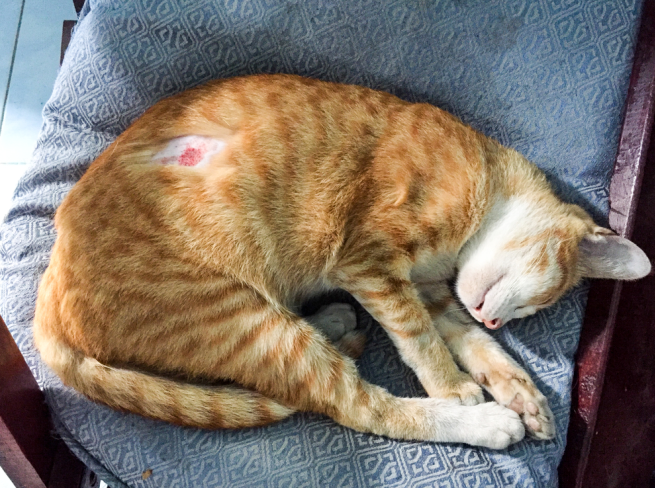
A hot spot in cats is a localized inflammation and infection of the skin, also called acute moist dermatitis. These are red, wet, and painful patches that may appear suddenly.
The hot spots in cats are not as unexpected as most owners are supposed to believe, because more than 12,100 monthly queries are devoted to this problem. If you’ve ever wondered, What is a hotspot on a cat?, it's worth being aware of the symptoms early.
Although they are more common in dogs, the hot spots in cats are usually noticed when they have worsened. Breeds with long hair are more susceptible, as well as those who are restricted in movement or generally overweight.
In case you tend to have doubts about whether your cat is a hot spot cat, you need to consider their self-grooming experiences and watch for places that become obvious on a regular basis, including the neck, ears, and tip of the tail.
Hot spots on cats tend to emerge in areas where a cat licks, bites, or scratches frequently because they are irritating. Common triggers include:
● Insect bites
● Allergens such as dust, pollen, and molds that are derived from the environment are present.
● Food allergies
● Anxiety or stress that results in over-grooming
● Matted fur traps moisture
Also called ringworm, it is a fungal infection caused by dermatophytes, namely a fungus that can be regarded as Microsporum canis, Microsporum gypseum, or Trichophyton mentagrophytes.
These fungi thrive and reproduce on feline skin, hair, and nail, where they feed on keratin and therefore result in evident skin injuries as well as hair loss.
The most widely spread fungus infection in cats is ringworm, and it is highly contagious not only to other pets, but also humans, especially children, the elderly, and those with a low resistance of the immune system.
It may be spread by direct contact with an infected animal or indirectly to objects which have been in contact with such an animal, e.g., bedding, brushes, and furniture.
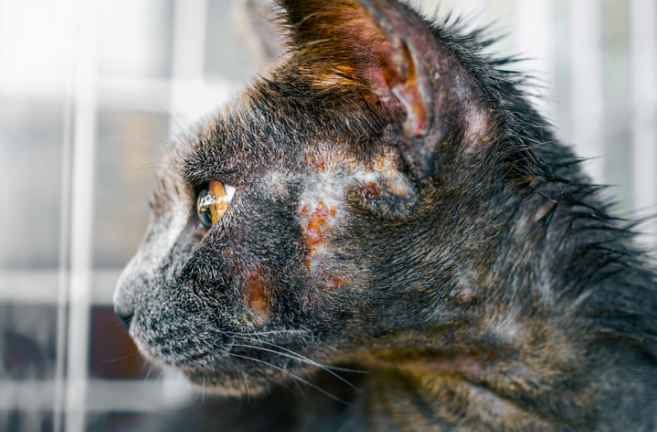
The common symptoms of ringworm are round baldness patches with red or grayish scales. Such lesions tend not to cause itching initially, but they can become inflamed either due to a lack of treatment or when the cat scratches the area.
The condition typically appears at any location on the body, but is most prent on the head, ears, tail, and forelimbs. The infection can also be asymptomatic in certain conditions, such as in long-haired cats, and thus will be harder to detect.
It is not always an easy diagnosis that can be performed without:
● Examination by Wood lamp (detects only some strains)
● Microscopic examination of hair stuffs
● Fungal culture (the best reliable method)
● In veterinary institutions, PCR testing
This is especially because its symptoms resemble other skin problems, including hot spots or allergies, and because it may be poorly handled due to late vet diagnosis. This is especially dangerous, as far as the spreading of the infection to other individuals is concerned.
It is essential to know the difference between a cat hotspot and ringworm so as to aid in treatment and management. Below is a comparison chart:
|
Feature |
Hot Spot |
Ringworm |
|
Cause |
Bacterial infection from trauma |
Fungal infection |
|
Appearance |
Red, moist, inflamed skin |
Scaly, dry, and round spots |
|
Contagious |
No |
Yes |
|
Itching |
Severe |
Moderate to mild |
|
Location |
Anywhere, often on the neck or head |
Common on the head, ears, and forelimbs |
|
Onset |
Sudden |
Gradual |
|
Diagnostic Test |
Visual, vet exam |
Fungal culture, Wood's lamp |
For a visual comparison, searching for differences and ringworm between hotspots and hotspots on cats pictures may be helpful, especially when trying to understand the differences between hot spots and ringworm.
The neck is one of the most sensitive and problematic places for hot spots. Fleas or food allergy can rather soon make hot spots on the neck of a cat. Cats may make things worse by scratching or licking the place continuously, and this complicates treatment.
Other typical locations include:
● Base of the tail
● Belly
● Ears
● Chin and cheeks
You can also check out more common health issues in pets and how to prevent them.
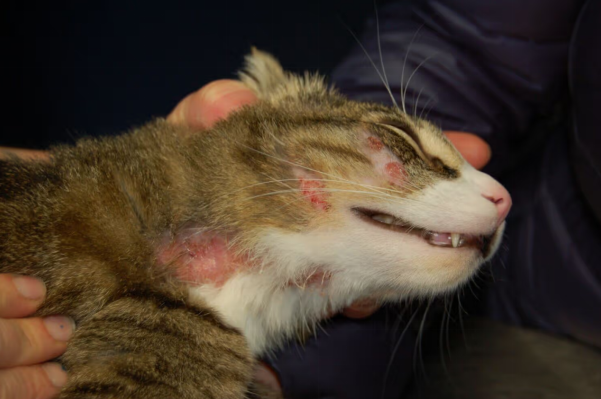
Timely treatment of a cat's hot spot is necessary. Otherwise, hot spots may develop into a painful infection.
1. See the vet: Your veterinarian will say whether it is a hot spot or some other condition, such as ringworm.
2. Cut the fur: This exposes the wound to air, as well as enables topical treatment to be applied to the wound better.
3. Wash the area off: This should be done by using a mild antiseptic solution, which will be prescribed by your vet.
4. Use of medications: Topical antibiotics can be used, or sprays can be administered.
5. Stop licking and scratching: An E-collar may stop the issue from becoming any more serious.
6. Treat the cause of the problem: Whether it is fleas, stress, or allergies; the source of the problem has to be sorted out.
In case your cat has a tendency to scratch or over-groom when you are absent, a treat-dispensing pet camera is the solution. You are able to check in, speak with them, and even throw them some treats to keep them busy and occupied.
In contrast to hot spots, ringworm in cats also needs antifungal therapy. This may include:
● Antifungal topical medicine such as miconazole
● Antifungal agents (bidirectionally in the form of oral drugs, e.g., itraconazole or terbinafine)
● Full body coverage antifungal shampoos
● Disinfection of the environment to avoid new infections
● Since ringworm is quite contagious, an infected cat should be isolated, and surfaces, bedding, and brushes should be cleaned regularly.
When you find your cat with irritated skin, you may not easily determine whether it is a hot spot or a ringworm, and treating the latter may take a long time. How, then, can you distinguish that?
Here’s a quick comparison to help you out:
● In case the spot is raw, red, moist, and appears painful, one can think of a hot spot. They might emerge at any time, particularly over a short period of time, and they might multiply at a high rate without the right medication.
● When it is a dry, flaky, and circular spot and there is a visible loss of hair, it could be a result of ringworm. Ringworm lesions usually appear scaly and may not appear angry like hot spots, but they are very contagious, not only to other pets, but also to people.
● Another clue? When it is transferred to another animal in the house or to you, then it is likely to be an indication of ringworm.
The presence of hot spots is often precipitated by irritation of the skin, which could be a result of flea bites, allergy, or incessant licking. Ringworm, however, is a fungal infection that feeds on the keratin contained in the fur and skin of your cat.
Your vet may examine hair under a microscope, test hair using a fungal culture test or use a Wood lamp to determine whether your shedding cat has a fungal infection.
● Stay clean: This will prevent matting and can be done regularly.
● Flea management: The best method of managing fleas is prevention.
● Reduce stress: Environmental enrichment and activities keep stress down.
Drinking water is last but not least important in maintaining the skin and coat of your cat healthy. Not only will a ceramic pet water fountain convince your kitty to take more water, but it is also simple to wash compared to plastic bowls, and thus a perfect solution for hygienic-minded cat owners.
● Isolate new pets: New pets should not be brought home until they are free of any infections.
● Disinfect regularly: Clean beddings and toys regularly.
● Vet checkups should be routine: Early detection is a long way.
Having a regular feeding routine will not only benefit the general health of your cat, but it will minimize stress in your cat, and also this could be a predisposing factor tothe development of hot spots.
An automatic pet feeder, such as the automatic pet feeder like this one from WOPET, is one way of being certain that your cat gets its food regularly, even when you are out.
A veterinarian should be called in situations when:
● The wound swells or fails to heal in 48 hours
● Other pets or humans show symptoms
● The condition reoccurs frequently
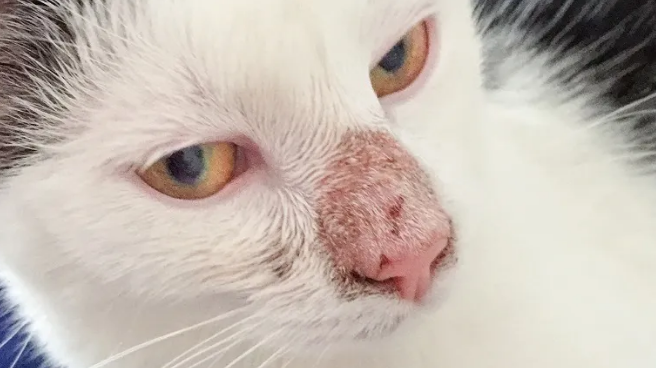
Hot spots vs ringworm on cats might look a little alike, but they’re two very different issues that need very different care.
One of them is triggered by irritation and bacteria, the other one by a fungus that prefers to hang around and even transfer to individuals. The initial step to getting your cat the treatment that it deserves is to know how to discern the two.
The best part? You don’t have to be a vet to spot the signs early. If your cat suddenly has a red, wet patch that seems painful, it could be a hot spot. If it's drier, scaly, and round with missing fur, ringworm might be the reason. Either way, acting quickly makes all the difference.
And when something comes up, do not hesitate too much when you call your vet. The sooner you get answers, the faster your cat will be back to feeling like their playful, purring self.
Because let’s be honest, a happy cat makes for a happy home.
Label:
Popular Post

What to Feed a Sick Dog With No Appetite? [2025 Guide]
May 16, 2023
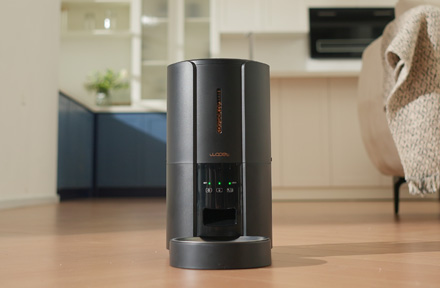
Troubleshooting Common Issues with Automatic Pet Feeders: Tips & Tricks for Pet Owners
Oct 26, 2023
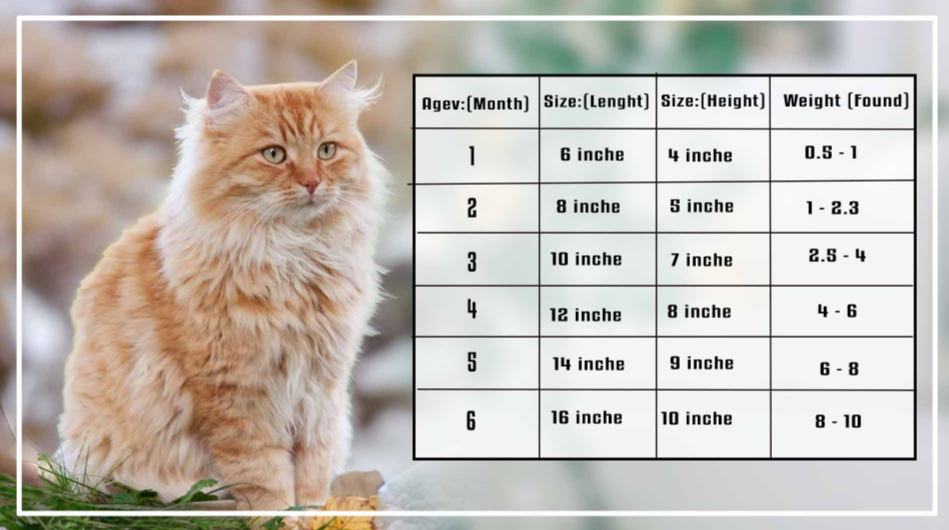
What is a standard Cat Weight chart by age Kg?
Mar 19, 2025
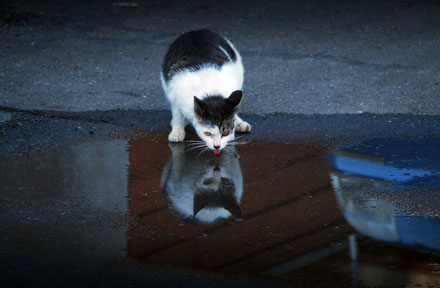
Why Does My Cat Cough After Drinking Water? 8 Potential Reasons
Mar 13, 2023
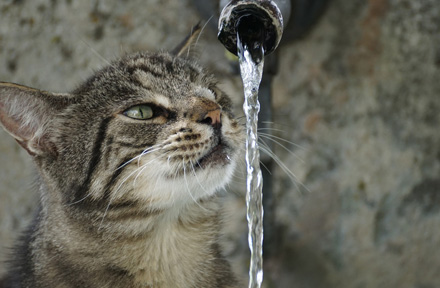
Why is My Cat Throwing up Water? Top 5 Causes Here
Feb 08, 2023
$109.99
$129.99
Copyright © 2025 WOPET. All Rights Reserved.